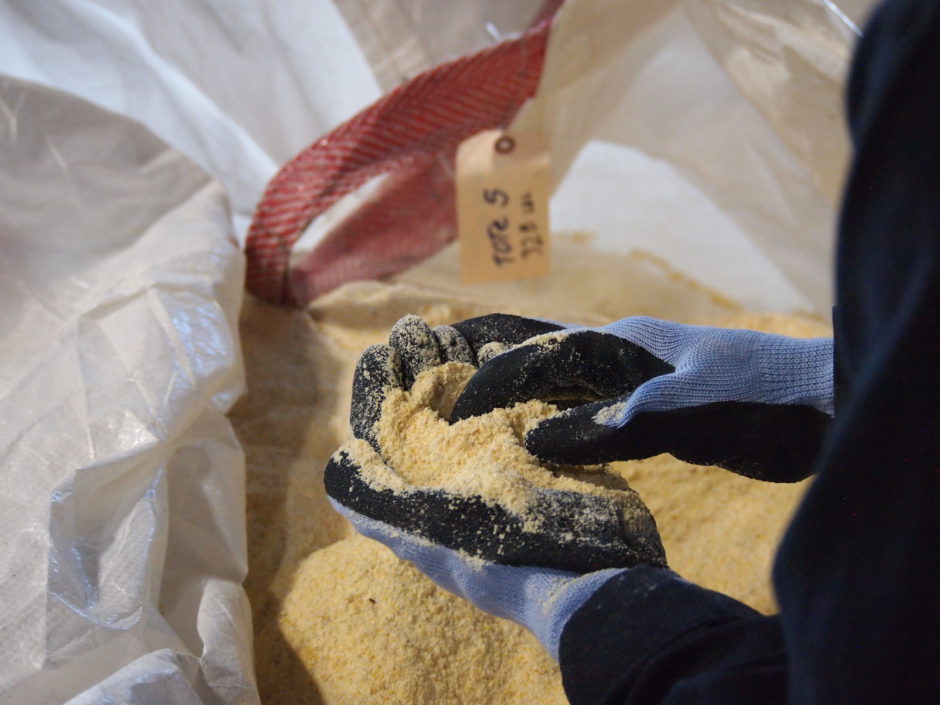How Moisture Affects Quality Ingredient Production

We are frequently asked about ingredient quality measurements and what can be done to improve them. Luckily, there’s a lot that can be done. The gold standard is to perform animal experiments in order to measure nutrient digestibility or availability, but these can be expensive and time-consuming. A recommended alternative method is through analysis of quality metrics. A standard and frequently used analysis is to test for moisture content, the amount of water in raw materials or ingredients. You may ask, “Why is water so important for quality?”
If you’re buying soybeans and converting them into meal and oil, the moisture content affects your process. When using high-shear dry extrusion, friction is generated within the extruder barrel, and the amount of moisture being delivered within the raw beans affects how much friction (i.e., how much cooking) can be generated. The most significant impact of this consequence is on processing temperature. The recommended moisture range for raw, ground soybean processing by high-shear dry extrusion is 9% – 11%, keeping in mind that about 50% of it will be flashed off during the process, concentrating the nutrients and increasing ingredient value. It is important to note; some configuration changes may be needed when dealing with soybeans moisture at the higher end of this range.
From a nutritionist’s perspective, moisture does not add any nutrition to ingredients – in fact, it dilutes them. Dr. Janeth Colina discusses these differences from a nutrient density standpoint in relation to alternative processes here. In summary, additional ingredient moisture reduces nutritional value because nutrients are more diluted.
Lastly, moisture content is quite easy to measure. You only need a few things – a small lab oven, a glass or ceramic container, and a calibrated scale. You can add a desiccator for increased accuracy. The principle is using the oven heat to drive off the moisture in your sample and measuring the difference in weight. A useful alternative method is to use NIR technology. This can be in the form of sensors for inbound raw soybeans to ensure proper drying prior to extrusion, or in the finished material with a bench-top unit. To learn more about NIR, see here. That’s it – anybody can do it, and the information provided is very useful, especially if you’re buying ingredients and want to make sure they fall within your specs. Additionally, if you’re making your own ingredients, measuring moisture is an excellent quality control check.
In conclusion, when you’re working with or making high-quality ingredients, especially those with low moisture/more concentrated nutrients, be sure to check your moisture levels. This simple measurement can help you achieve maximum nutritional value for your ingredients and ensure ingredient quality is met. Be sure to reach out to our team: we can help you make sense of moisture in your ingredients!



